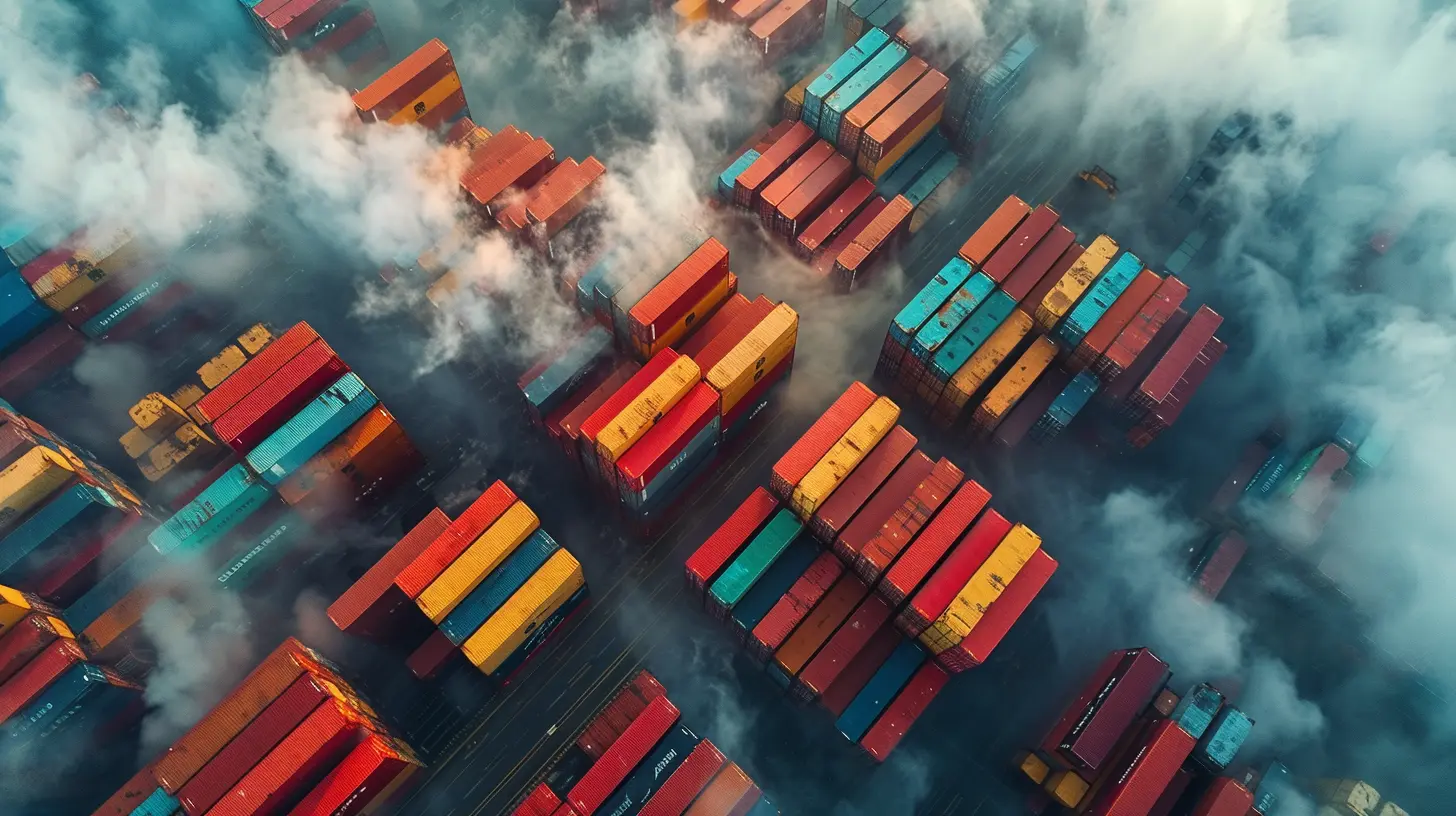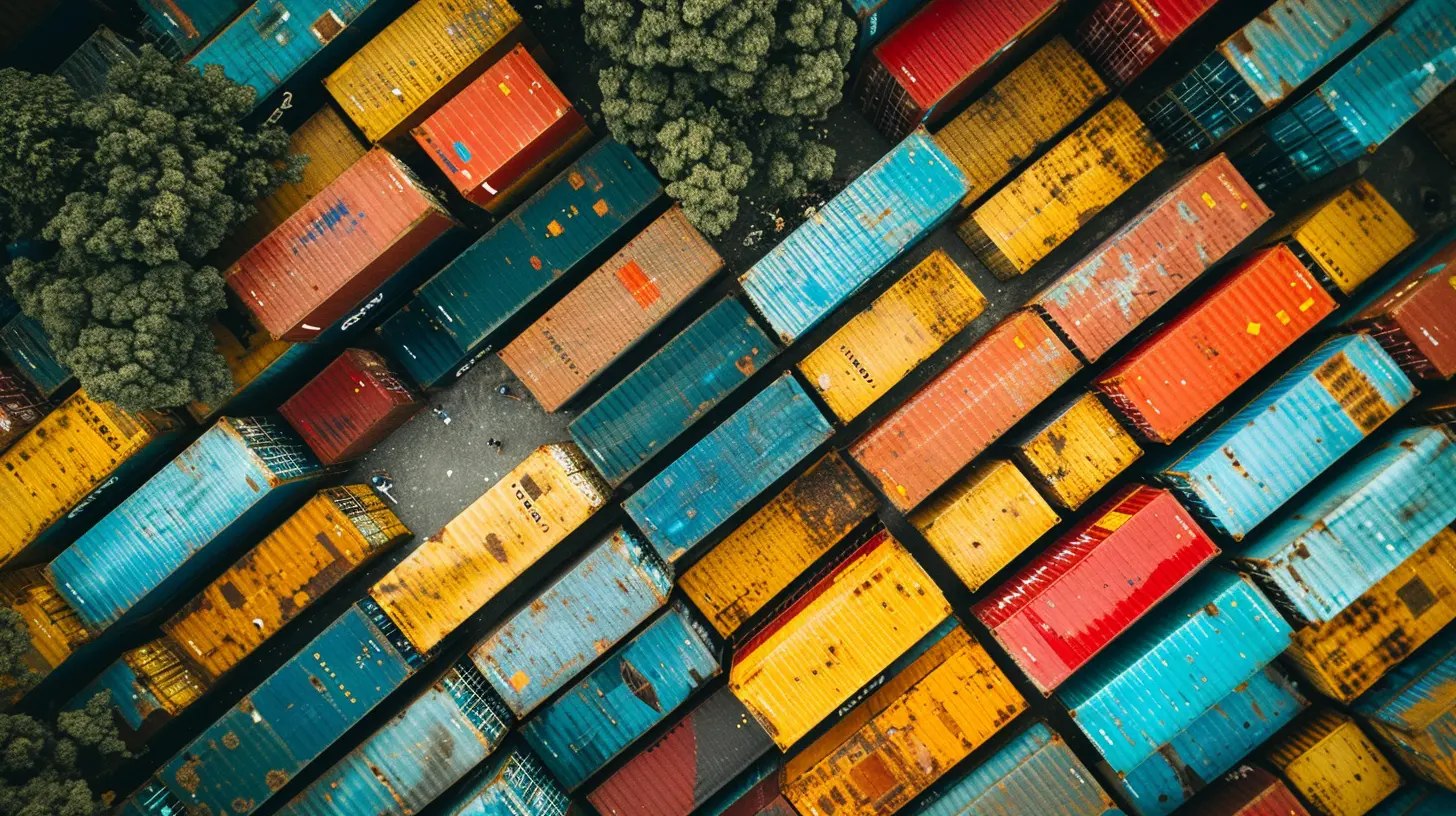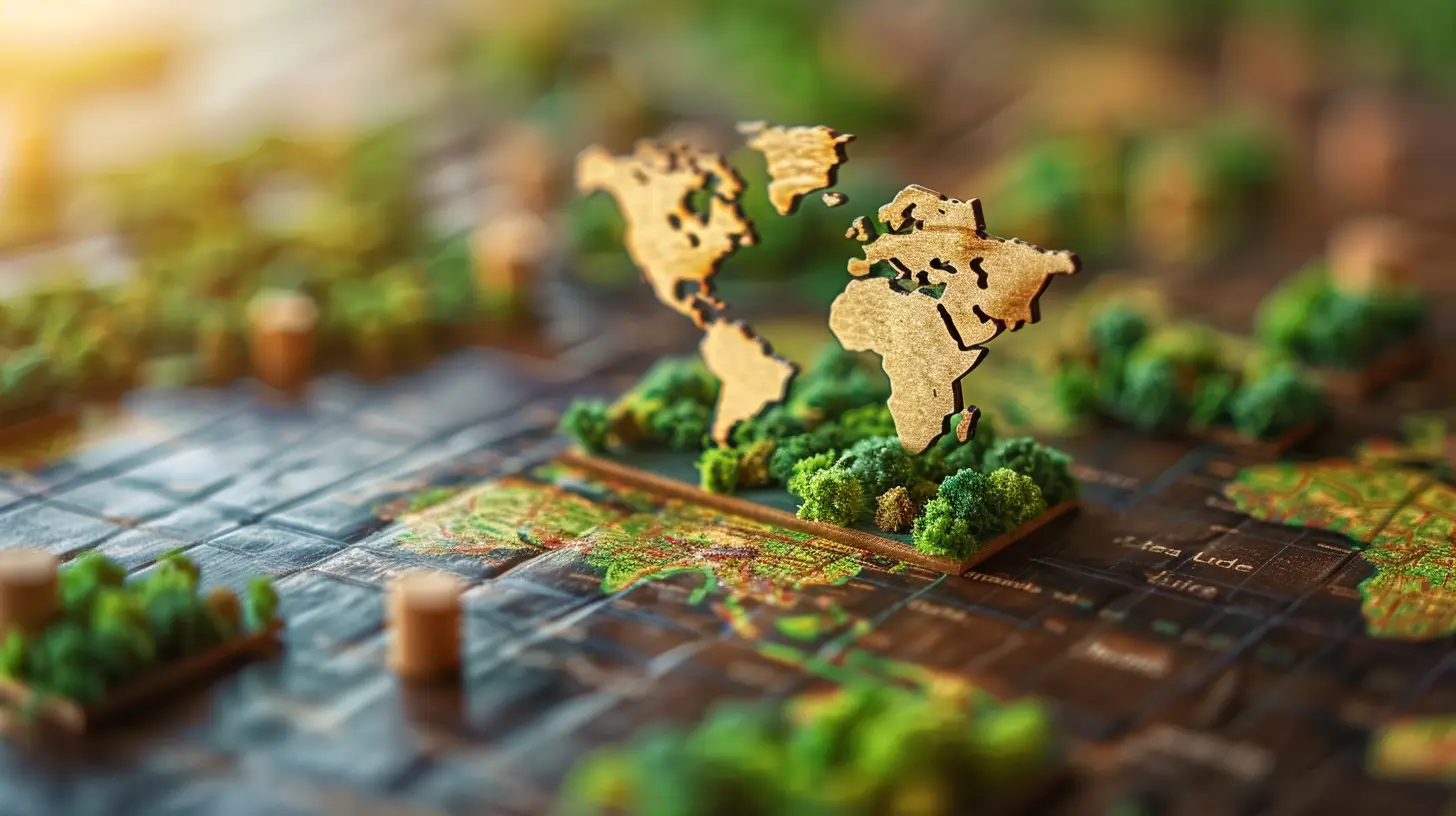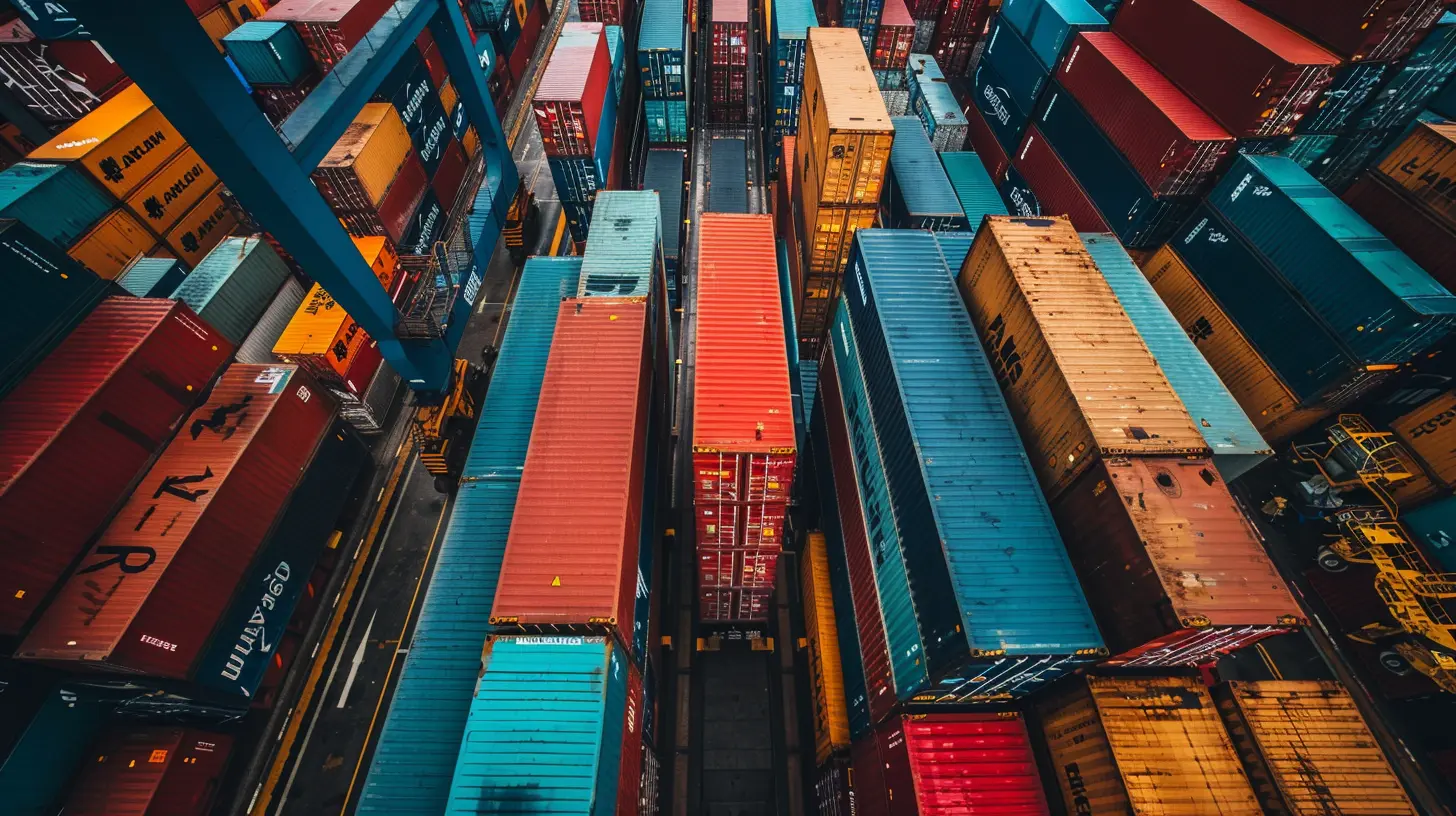How the Supply Chain Can Become a Catalyst for Sustainability
14 June 2025
Let’s face it—sustainability is no longer just a buzzword. It’s the need of the hour. Businesses around the globe are waking up to the reality that their operations have an impact on the environment, and more often than not, it starts with the supply chain. Whether it’s the raw materials being sourced or the transportation methods being used, the supply chain holds the potential to either make or break a company’s sustainability efforts.
But here’s the thing: sustainability doesn’t mean compromising profits or efficiency. It’s not about trading one for the other but finding a sweet spot where businesses, people, and the planet can thrive together. And when done right, the supply chain can become a game-changer—a true catalyst for sustainability.
So, how exactly can that happen? Let’s dive into it. 
Why the Supply Chain Deserves the Spotlight
Before anything else, let’s talk about why the supply chain is such a big piece in the sustainability puzzle. Think about it for a second: from sourcing raw materials to delivering finished products to customers, the supply chain touches almost every operational aspect of a business. As a result, it leaves behind a massive environmental footprint.For example, transportation accounts for about 14% of global greenhouse gas emissions, and a significant chunk of this comes from moving goods across the world. Then there’s the issue of waste—both material and energy—which often goes unnoticed in production lines.
The bottom line? If we’re serious about sustainability, the supply chain has to evolve. And the good news is, it can! 
The Role of Technology in Driving Supply Chain Sustainability
Automation and Artificial Intelligence (AI)
What if I told you that smarter supply chains are also greener supply chains? Enter automation and AI. By leveraging AI-powered tools, businesses can analyze data in real-time to identify inefficiencies, predict demand, and optimize operations.For instance, AI can help determine the most fuel-efficient routes for deliveries or pinpoint areas where energy consumption can be reduced. It’s like having a virtual efficiency expert working behind the scenes 24/7.
Blockchain for Transparency
Sourcing sustainably isn’t just about going green; it’s also about being honest with your customers. This is where blockchain technology steps in. By using blockchain, companies can track and share every step of the supply chain journey—from where raw materials are sourced to how products reach end-users.It’s like giving your customers a backstage pass to the production process. And let’s be real, today’s consumers care about this stuff. Transparency builds trust, and trust builds loyalty.
Internet of Things (IoT)
IoT plays a big role too. With IoT-enabled sensors, companies can monitor factors like temperature, moisture, and energy use throughout the supply chain. This not only ensures quality but also prevents waste. Think of it as putting your supply chain on autopilot—minus the human error.
Sustainable Sourcing: Start With What You Buy
If you want to make your supply chain more sustainable, one of the first steps is to rethink how and where you’re sourcing your materials.Partnering With Eco-Friendly Suppliers
Imagine building a house. If the foundation is shaky, no amount of fancy furniture is going to save it. Similarly, your supply chain is only as strong (or sustainable) as the suppliers you work with. Partnering with eco-friendly suppliers ensures that the materials you’re using are responsibly sourced.For example, a clothing brand can choose to work with suppliers who use organic cotton or recycled fabrics. Or a tech company can source conflict-free minerals.
Ethical Labor Practices
Sustainability isn’t just about the environment; it’s also about people. Are the workers in your supply chain being treated fairly? Are they earning a living wage? Focusing on ethical labor practices isn’t just the right thing to do—it’s also good for business.
Go Green With Transportation
Transportation is a major culprit when it comes to carbon emissions. But with a few tweaks, businesses can significantly reduce their impact.Optimize Routes
Instead of sending out several trucks half-full, why not optimize delivery routes to make fewer trips? It’s not rocket science—it’s just common sense. Plus, with software that can plan routes in real-time, this has never been easier.Switch to Cleaner Fuels
Electric and hybrid vehicles are no longer the stuff of science fiction. Many companies are already transitioning to cleaner fuel options for their fleets. And if switching your entire fleet feels like too much too soon, you can always start small and scale up.Rethink Packaging
Packaging is one of the most visible parts of the supply chain, and unfortunately, it’s also one of the most wasteful. But it doesn’t have to be.Ditch Excess Packaging
Have you ever opened a box, only to find another box inside it, and then another? (It’s like those Russian nesting dolls, but way less fun.) Excess packaging is not only frustrating for customers—it’s also bad for the environment.Instead, businesses can opt for minimalistic designs that use just enough material to protect the product without going overboard.
Invest in Recyclable Materials
Another great option is to use packaging made from recyclable or biodegradable materials. Some companies are even experimenting with edible packaging. Talk about thinking outside the box—literally!Reduce, Reuse, Recycle
The good old “three Rs” apply to supply chains too. Reducing waste, reusing materials whenever possible, and recycling what you can’t reuse should be the mantra.Circular Economy
A circular economy approach can work wonders here. Instead of the traditional “take, make, waste” model, companies can aim for a system where resources are reused in a continuous loop. For example, some electronics manufacturers are creating programs to refurbish and resell old devices, giving them a second life.Measure Your Impact (And Share It!)
What gets measured gets managed. If you want to know whether your sustainability efforts are actually making a difference, you need to track your progress.Carbon Footprint Tracking
There are plenty of tools and platforms available that can help businesses calculate their carbon footprint. Knowing where you stand is the first step toward improvement.Reporting and Communication
And don’t forget to share your progress with your stakeholders—employees, customers, and investors alike. People love to align themselves with brands that care about the environment, so why not shout your efforts from the rooftops (or, you know, your website)?The Ripple Effect: Benefits Beyond the Environment
Here’s the kicker: making your supply chain more sustainable isn’t just good for the planet—it’s good for business, too.Cost Savings
Yes, you read that right. While there might be an initial investment, things like energy-efficient processes and optimized transportation routes can save money in the long run.Customer Loyalty
Today’s consumers are more environmentally conscious than ever. By positioning your brand as a sustainability leader, you’ll not only attract these customers but also keep them coming back for more.Employee Satisfaction
Let’s not forget your employees. People want to work for companies that align with their values. By committing to sustainability, you’re also boosting employee morale and retention.Final Thoughts
The supply chain often doesn’t get the attention it deserves, but it’s one of the most powerful tools businesses have to drive sustainability. By embracing technology, rethinking sourcing, optimizing transportation, and committing to greener practices, companies can turn their supply chains into a force for good.It’s not about being perfect from the get-go—it’s about progress. Small changes can lead to big results, like ripples spreading across a pond. So, is your supply chain ready to be a sustainability superhero?
all images in this post were generated using AI tools
Category:
SustainabilityAuthor:

Rosa Gilbert
Discussion
rate this article
2 comments
Meredith Ramos
Great article! It’s inspiring to see how the supply chain can drive sustainability forward. By embracing innovative practices, businesses not only reduce their environmental impact but also enhance their brand value. Together, we can create a greener future—let’s lead the charge with positivity and purpose!
June 15, 2025 at 11:59 AM

Rosa Gilbert
Thank you for your insightful comment! I'm glad you found the article inspiring. Together, we can indeed harness the power of supply chains for a more sustainable future!
Nathan Cain
Exciting insights! Let’s embrace sustainability through smarter supply chains!
June 14, 2025 at 10:33 AM

Rosa Gilbert
Thank you! I fully agree—smarter supply chains are key to driving sustainable practices forward.


